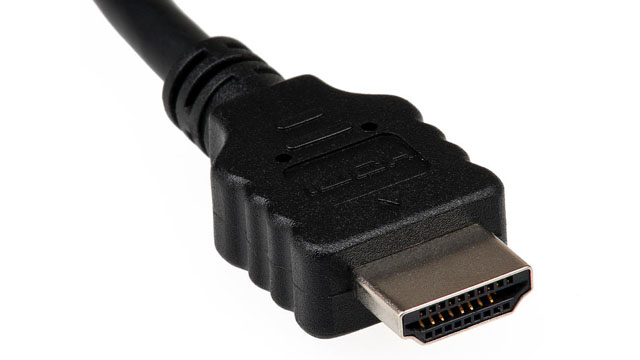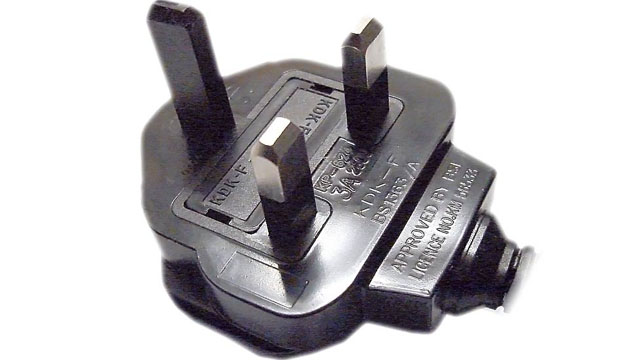The boring tech that we can't live without
10. MIDI
Without MIDI, music would be rubbish. The Musical Instrument Digital Interface was - yes! - designed as a digital interface for musical instruments, and since 1983 MIDI connectors have happily transferred musical data between instruments, programmers and computers.
It's so useful, important and downright amazing that co-creators Ikutaro Kakehashi (of Roland Corporation) and Dave Smith (of Sequential Circuits) were given a Grammy award for inventing a standard "that ultimately revolutionised the music world."
11. Modems and routers
Today's routers look very different from the telephone couplers of the early 1980s, but they do the same job: transmitting data over phone lines (or, if you're with cable, over fibre-optic cables). The first modems (it's short for modulate/demodulate) turned data into sound and vice-versa, initially by using acoustic couplers (big plugs you stuck your phone into) that achieved a giddy 1,200 pulses per second.

The couplers disappeared in favour of modems that connected directly to your phone line. Hayes' Smartmodem (1981) added a microprocessor, enabling your computer to start and end calls, dial numbers and so on, and speeds increased until dial-up modems delivered a positively exhilarating 56,000 bits per second.
Then the technology hit a brick wall. Luckily for us broadband was ready and waiting - and it meant we could go online and use the phone at the same time. In the 1990s that was heady stuff.
12. Telephone lines
The copper that connects most of our homes to the wider world has proved surprisingly robust: while dial-up modems hit the wall at 56Kbps, the arrival of ADSL means that the average UK broadband user is managing to chuck a mighty 14.7Mbps down that copper cabling.
13. HDMI
HDMI banished analogue connections from our big-screen TVs, and introduced a fascinating mystery: when cables are completely digital, how can some firms say that their super-expensive, made-from-angels'-hair versions do digital better without bursting out laughing?
Sign up for breaking news, reviews, opinion, top tech deals, and more.

HDMI came from a consortium of manufacturers including Hitachi, Sony, RCA and Toshiba, and they started the first version of the standard in 2002; in January 2003, ten years after the first standard was released, there were over 1,300 HDMI adopters who had shipped more than 3 billion HDMI devices.
14. BS1363
BS1363 has two claims to fame: the British three-pin plug is both the safest mains plug and socket in the world, and the most painful blunt object it's possible to stand on in the dark.

It was designed in the 1940s to replace the existing BS 546 plug, and one of its key points was to protect children by keeping the electrical contacts away from curious fingers. The standard was published in 1947, and it's been constantly revised ever since: the most recent revision was in November 2012.
- For more amazing everyday tech: 7 scientific breakthroughs that made your smartphone possible

Contributor
Writer, broadcaster, musician and kitchen gadget obsessive Carrie Marshall has been writing about tech since 1998, contributing sage advice and odd opinions to all kinds of magazines and websites as well as writing more than twenty books. Her latest, a love letter to music titled Small Town Joy, is on sale now. She is the singer in spectacularly obscure Glaswegian rock band Unquiet Mind.